Every arc of Naoko Takeuchi's Sailor Moon features at least one pair of twins, whether good or evil, yet their presence is never a specific plot focal point. Sailor Moon is most obviously known for incorporating symbolism, Greco-Roman mythology, and astrology, but Takeuchi’s degree in Chemistry from Kyoritsu College of Pharmacy and scientific background also shines through with allusions to real technical jargon, minerals, and elements. These elements don’t feel forced, and most of Sailor Moon’s audience might overlook the hidden meanings, but they’re there and serve a purpose nonetheless.
Sailor Moon, since its manga debut in 1991, has maintained global popularity, leading to a widely beloved anime adaptation in 1992, a trilogy of films, and the 2014 Sailor Moon Crystal, a reboot more closely aligned with the manga. The series’ enduring appeal stems, in part, from Takeuchi’s masterful layering of ancient lore within a modern mythos, adding new depths with each character and arc. From monsters of the week to powerful Guardians at the ends of the universe, like Sailors Chi and Phi, twins are always memorable and impactful to the story.
Sailor Moon's Twins Trope's Origins Are Rooted In Mythology
Even the Smallest Details Have Meaning in the Series
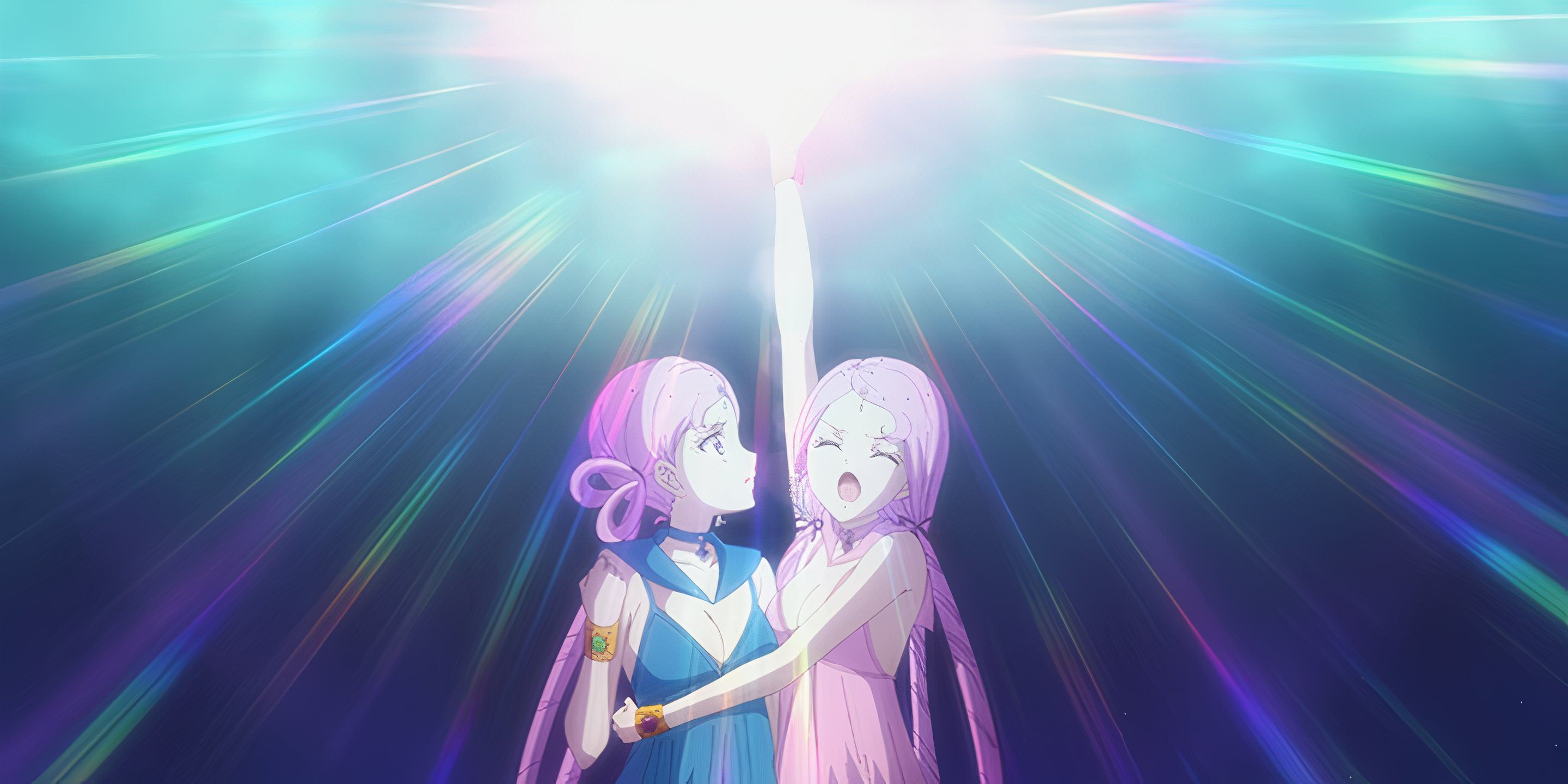
Takeuchi’s fascination with Greco-Roman mythology lies at the core of Sailor Moon, with its foundation in the tale of Endymion and Selene, the goddess of the moon. Castor and Pollux are among her most direct adaptations of twins from mythology, appearing as antagonistic in episode #21 of the 90s anime adaptation, “Protect the Children’s Dreams: Friendship Through Anime.” Castor and Pollux, twins with different fathers, are immortalized as the brightest stars in the Gemini constellation after their deaths. Their ability to mimic Mercury and Mars’ attacks gives the Guardians trouble at a time when there were only three of them.
In the story’s final arc, covered in the 2023 film Sailor Moon Cosmos, Usagi faces twin sisters Mnemosyne and Lethe, guardians of two rivers flanking the villain’s palace. These characters evoke the Greco-Roman goddess of memory and her counterpart, Lethe, the Underworld river that causes forgetfulness. Here, Lethe erases Usagi’s memory, casting doubt on her path to defeating Sailor Galaxia, while her twin Mnemosyne restores Usagi’s confidence and sense of purpose. Takeuchi’s portrayal aligns with ancient mythology, but she deftly uses the twins to create internal conflict for Usagi, symbolizing the struggle between clarity and doubt.
Two Are More Powerful Than One
Having a Twin Represents a Power Boost in Sailor Moon
Twins in Sailor Moon are often associated with amplified strength through sibling bonds. While the Sailor Guardians typically work as a team to weaken their enemies and create openings for Sailor Moon’s finishing moves, twin enemies present a unique challenge. The Black Moon Clan’s twin brothers, Chiral and Achiral, and the Witches 5’s Ptilol and Cyprine operate by separating to confuse the Guardians before delivering powerful combined attacks. The brothers' names also come from an organic chemistry term, "chirality," and the sisters are named after rare minerals.
One notable exception to the trend of twin villains is Sailor Mars’ loyal handmaids, Phobos and Deimos. These twin Guardians leave their home planet, Koronis, to serve under Princess Mars. Named after the moons of Mars—Phobos and Deimos, in myth the sons of Aphrodite and Ares—they transform into crows who guard Rei’s family shrine. Phobos and Deimos provide spiritual and emotional support for Sailor Mars as she balances the duties of a Sailor Guardian and her family’s shrine. Their loyalty and protective nature exemplify the positive potential of twin bonds.
Twins Are A Symbol Of Bad Luck in Japanese Culture
Bad Luck Seems to Follow the Sailor Guardians
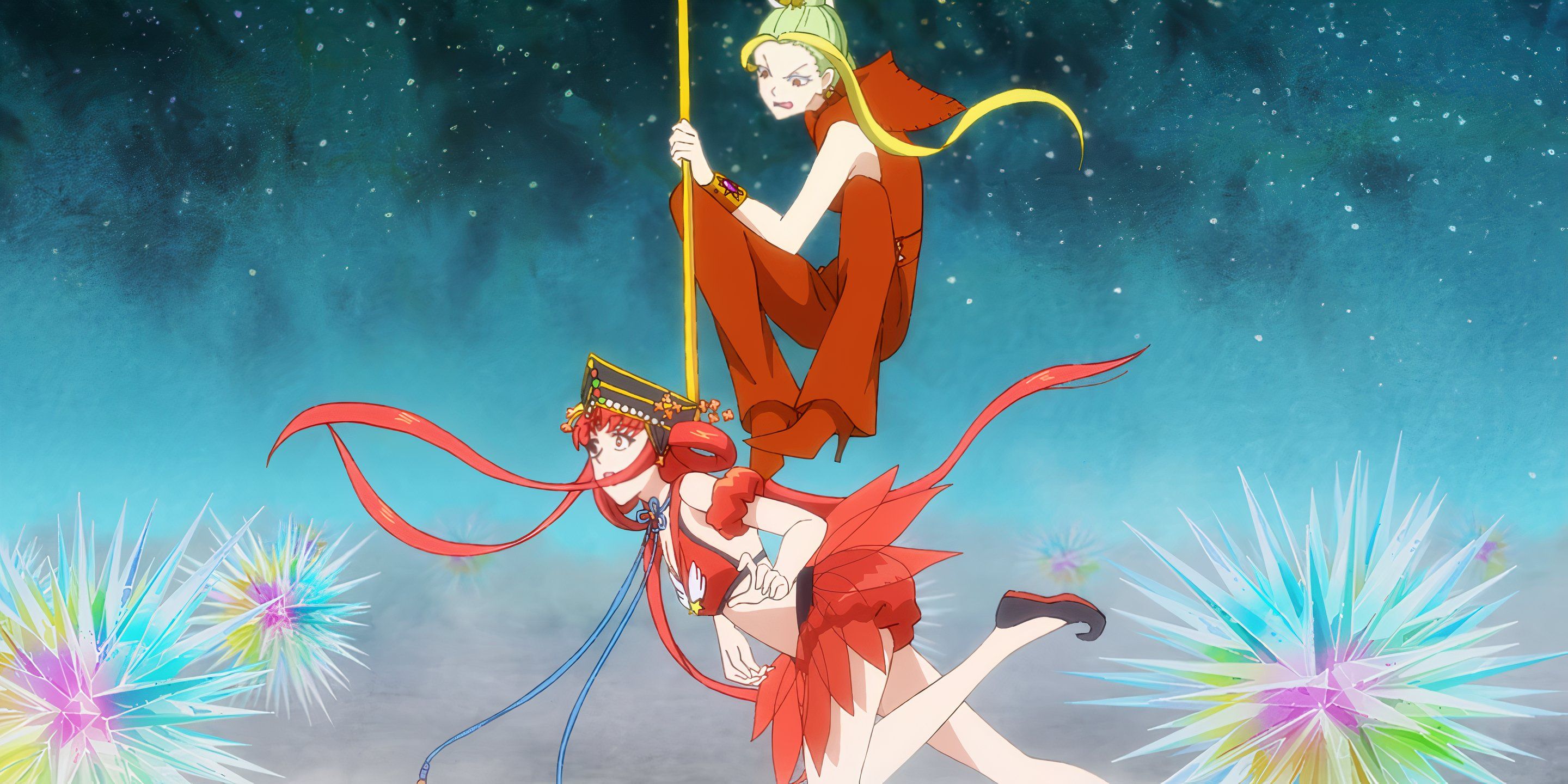
In Japanese culture, twins have historically been seen as symbols of bad luck, often associated with misfortune or imbalance. This layer of superstition adds an intriguing cultural undertone to Sailor Moon’s twin characters, particularly those aligned with the villains. While international audiences might miss this nuance, it highlights the idea that twins, in their unpredictability, can disrupt the Sailor Guardians’ stability and bring chaos to their world. In Sailor Moon Eternal, twin circus performers, Xenomite and Zeolite, terrorize Sailor Venus by shattering her self-confidence and sending her plummeting to her death. Luckily, she’s saved by Artemis at the last second.
The theme of twins in Sailor Moon might be overlooked because it’s woven so subtly into the story rather than making it a central plot point. The series’ layers of Greco-Roman mythology, Japanese cultural symbolism, and twin dynamics add depth but remain accessible for viewers who may not pick up on all the references. However, these recurring twin characters contribute to the thematic richness of Sailor Moon, making it plain to see why Takeuchi's series is still a cultural juggernaut.
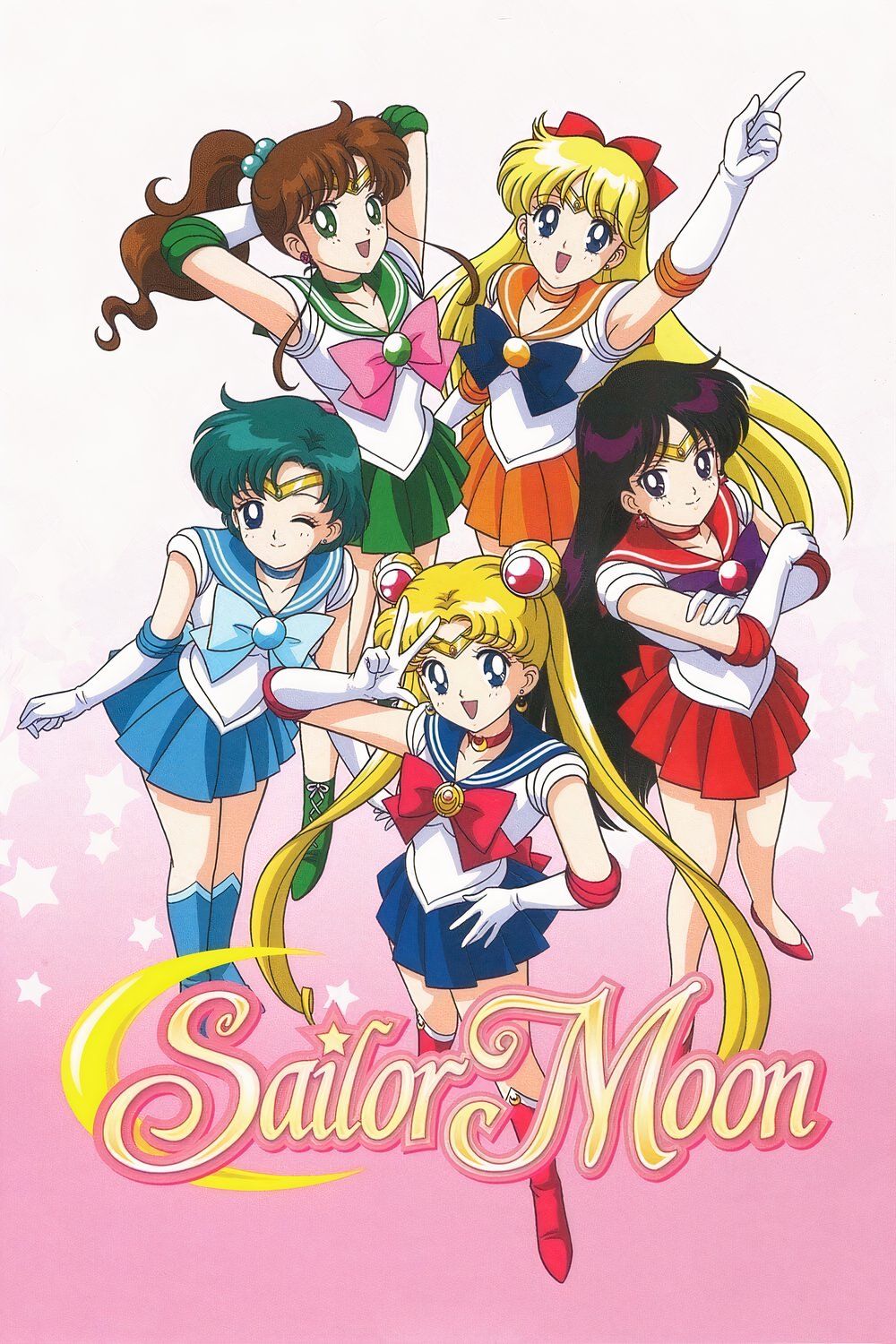
Sailor Moon
Sailor Moon is a magical girl franchise created by Naoko Takeuchi. It began as a manga in 1991 and was adapted into an anime series in 1992. The story follows Usagi Tsukino, a middle school girl who transforms into Sailor Moon to protect Earth from evil forces. The franchise spans five original anime seasons, films, musicals, video games, and a reboot series, Sailor Moon Crystal. Its global impact has made it a cultural icon and one of the most successful shōjo franchises in history.
Created by Naoko Takeuchi

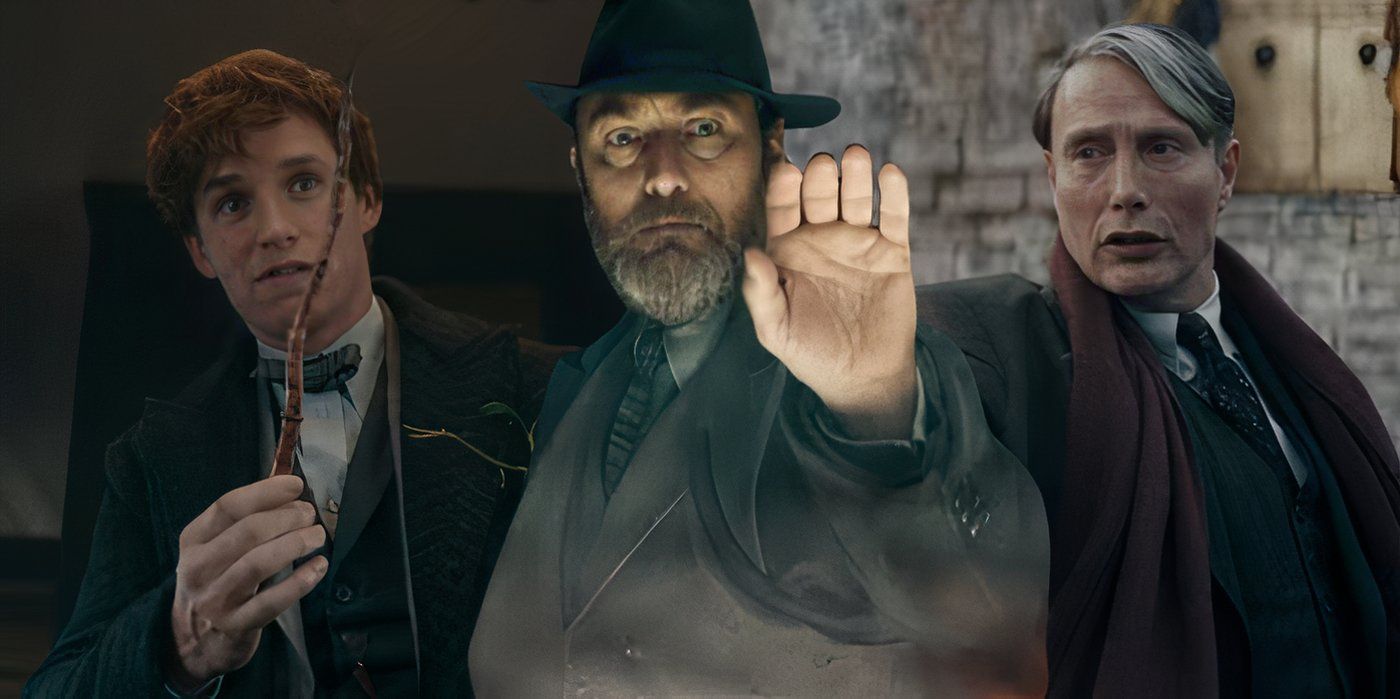
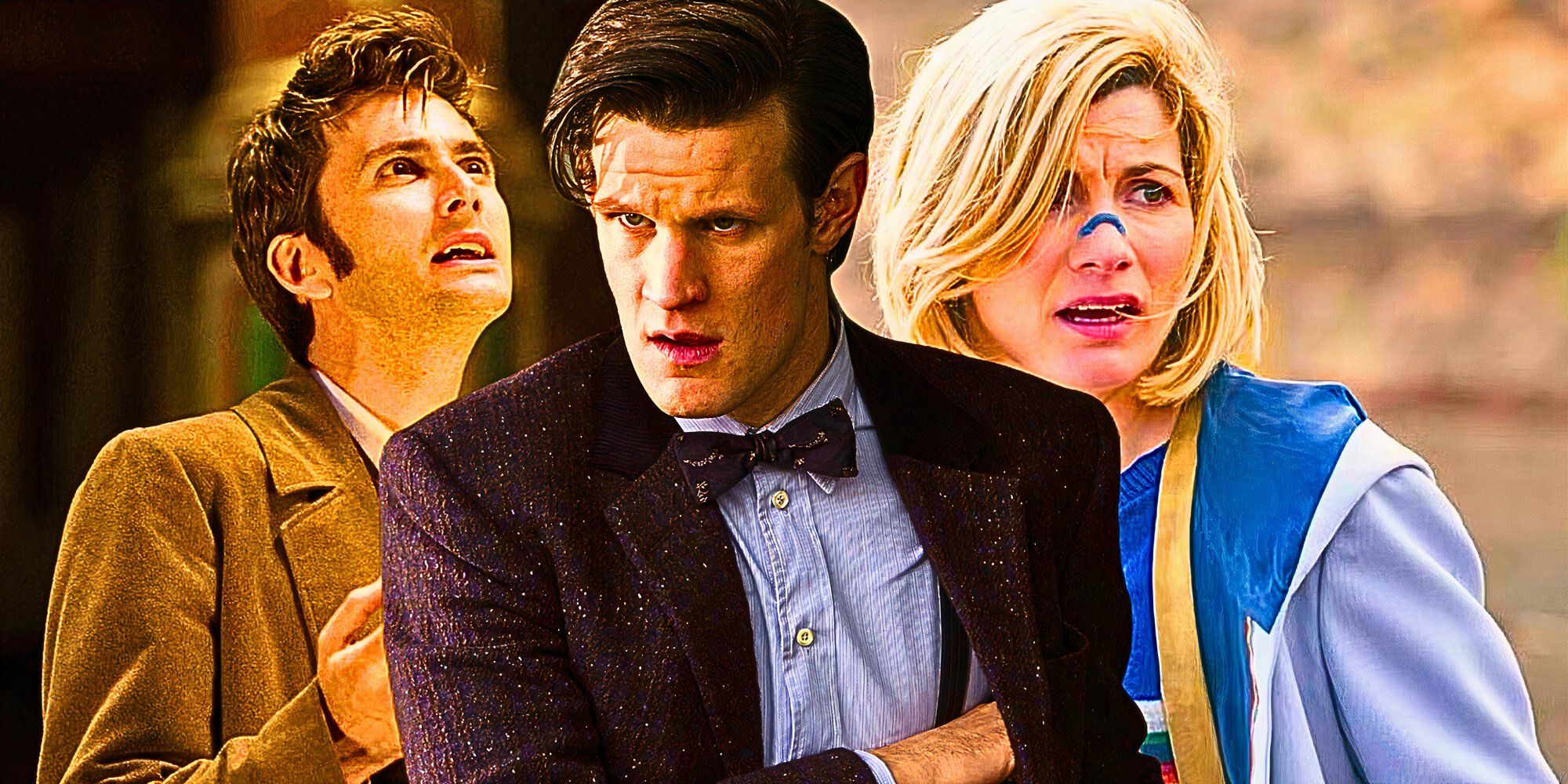
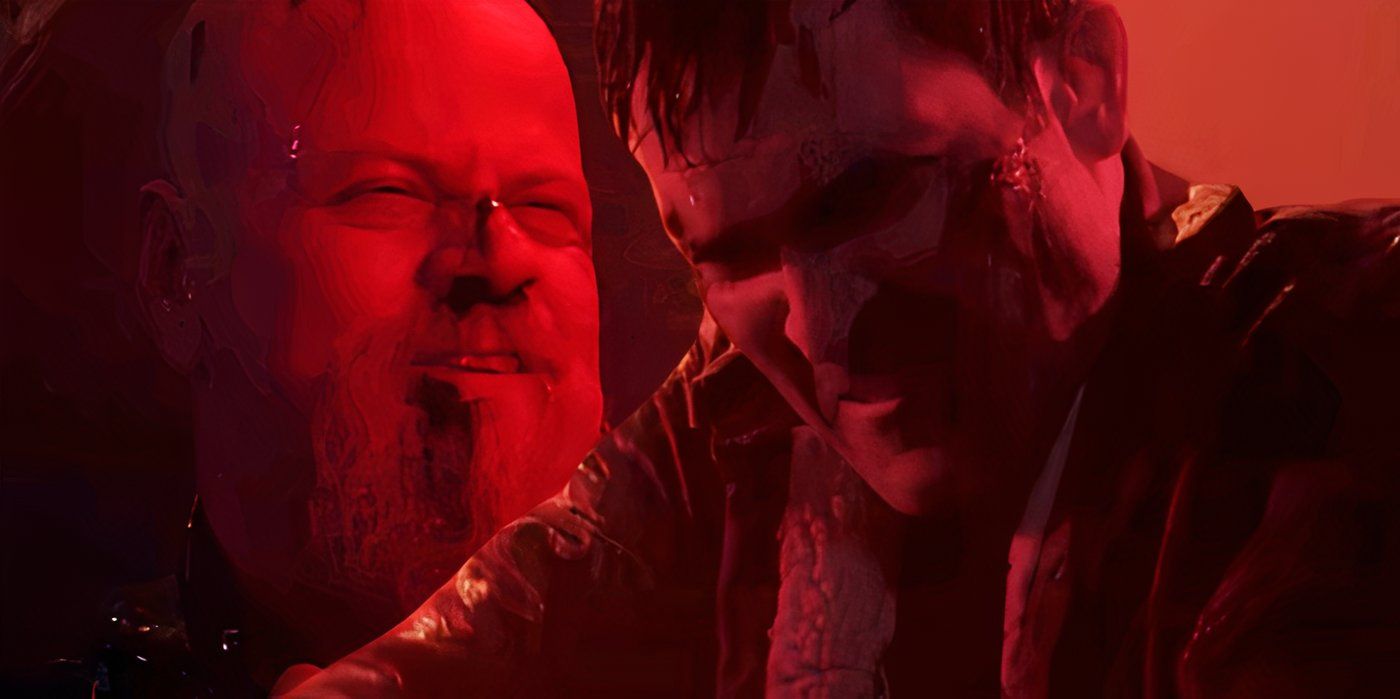
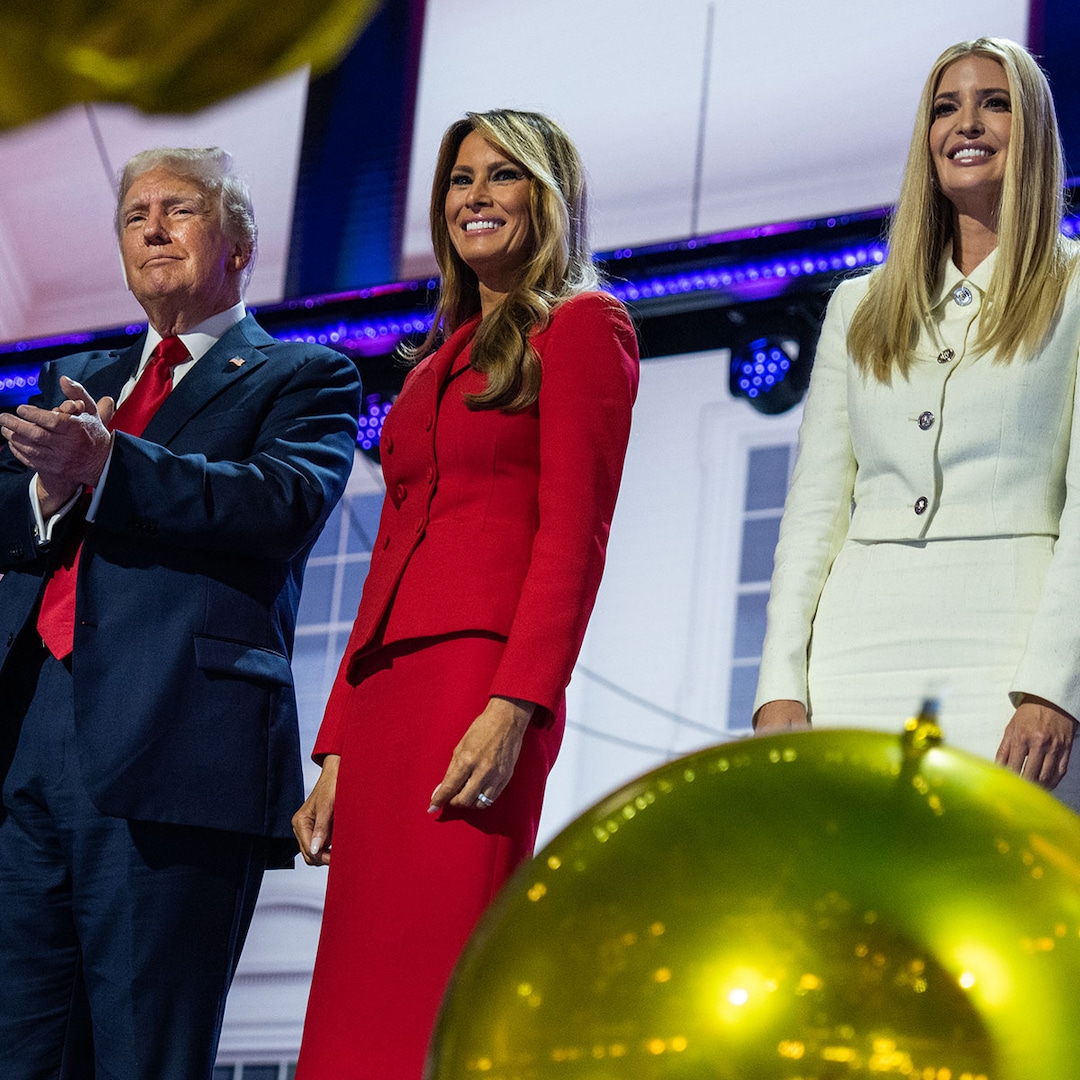
:quality(85):upscale()/2024/11/05/936/n/1922153/cc2bbd68672a8e1588a964.53876938_.webp)

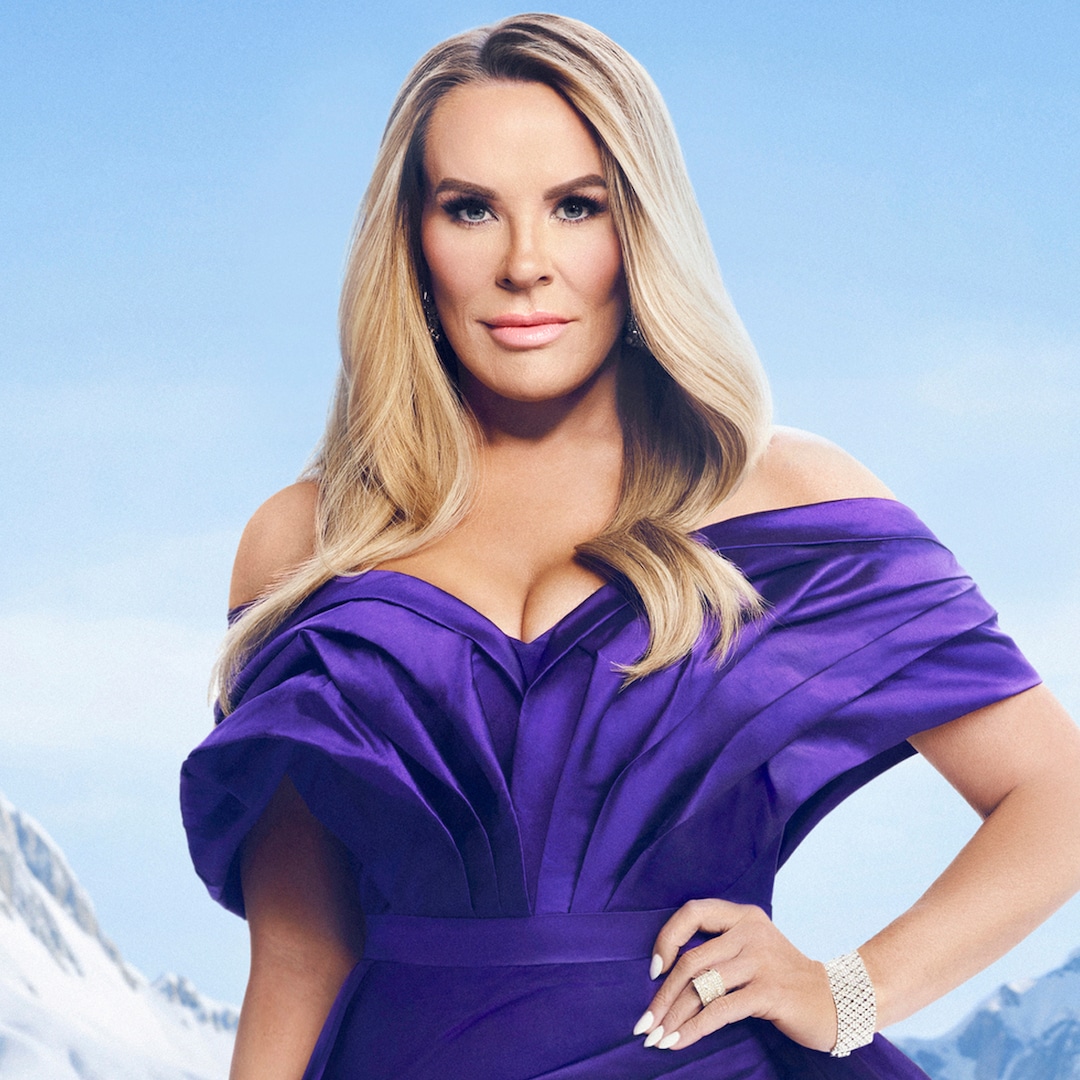
:quality(85):upscale()/2024/10/11/958/n/24155406/e0150f5b6709a009125209.52834453_.jpg)
 English (US) ·
English (US) ·